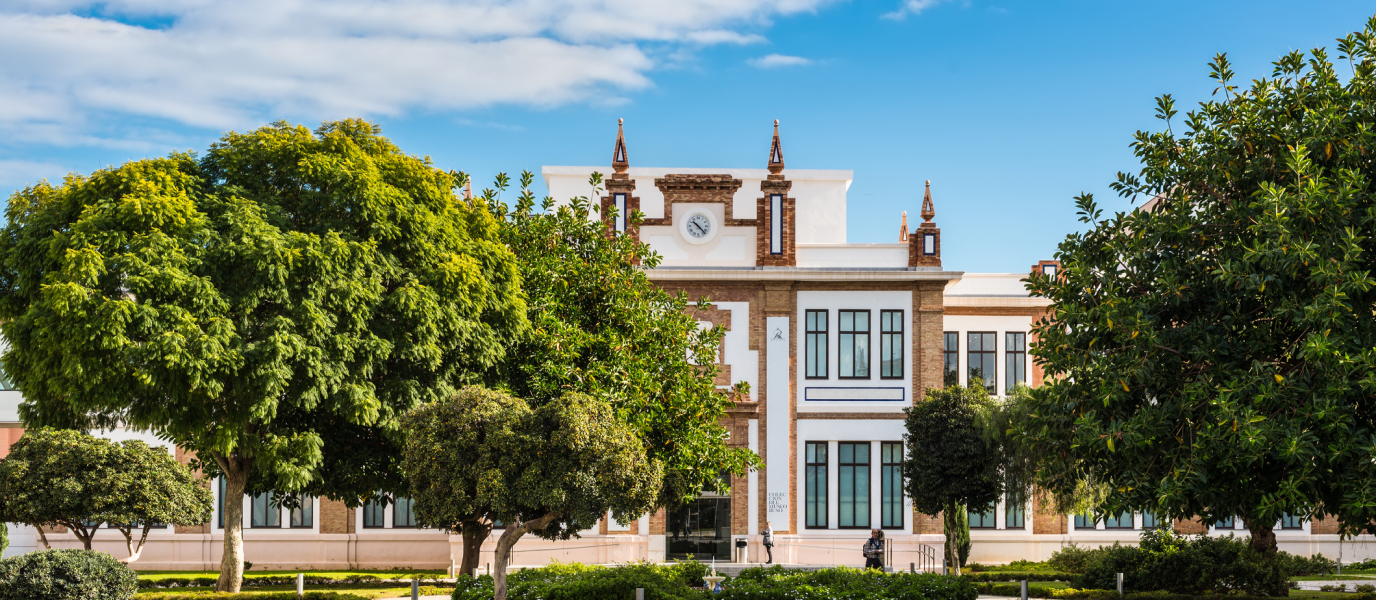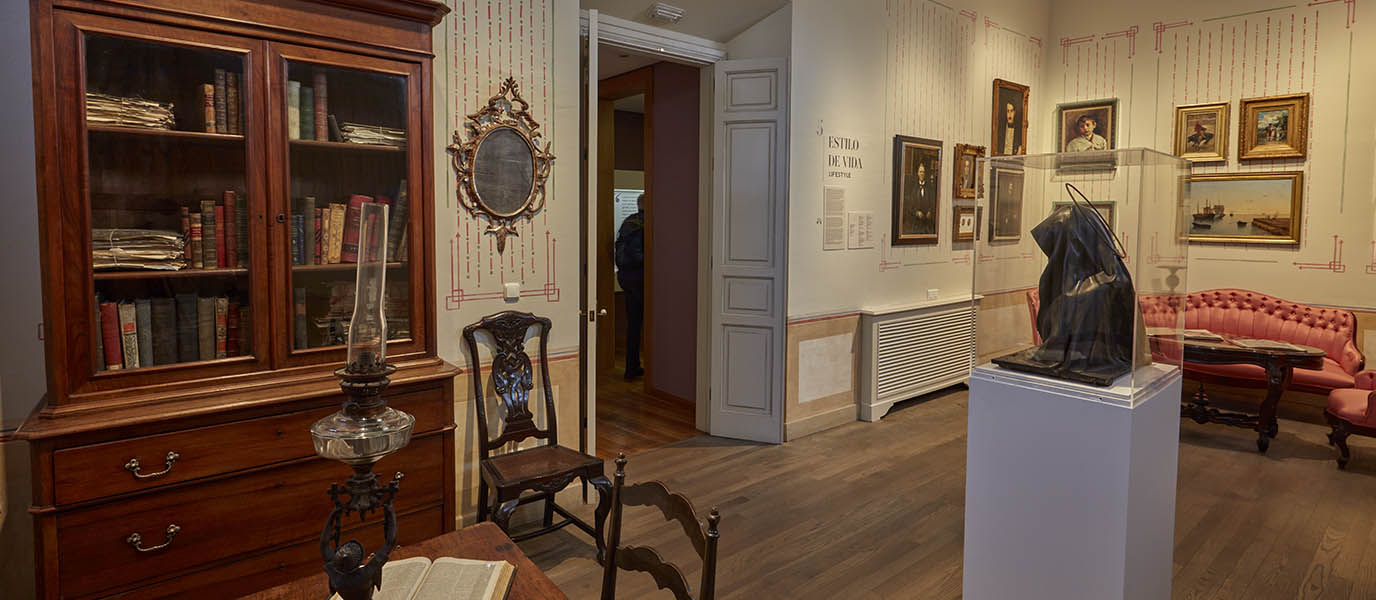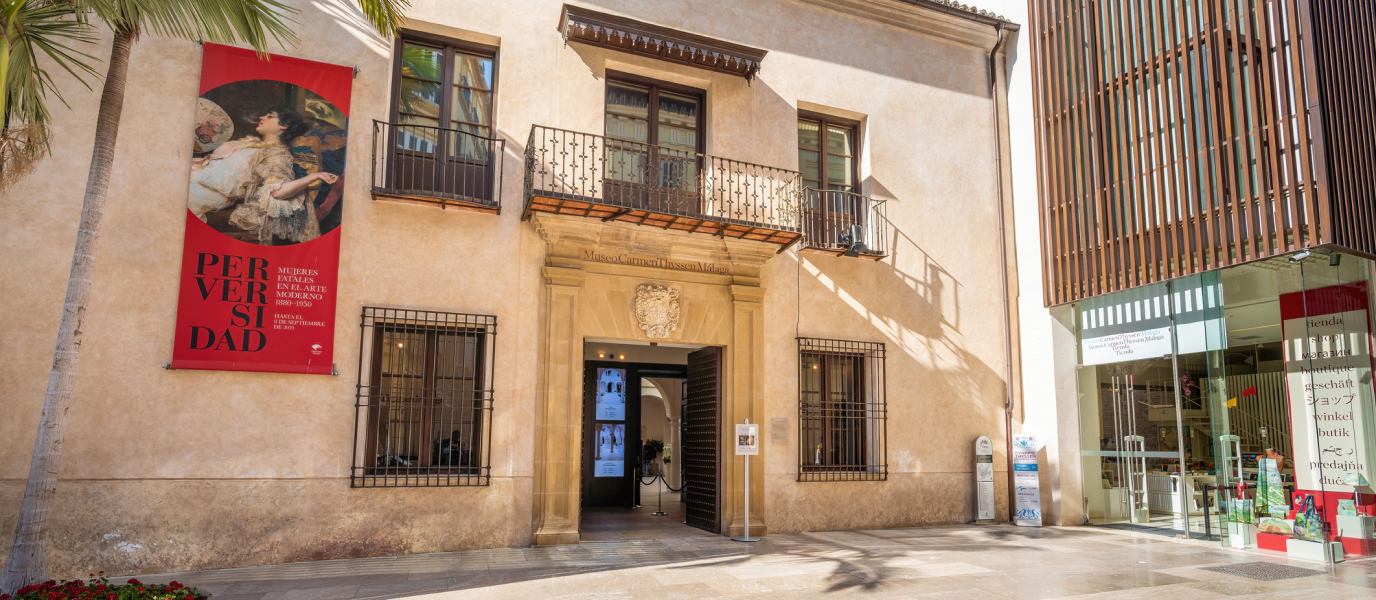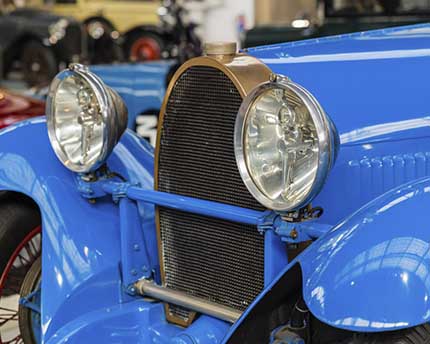There is no doubt that Málaga residents can boast about their enviable museums, with a remarkable total of 36 exhibition spaces. This wide range of cultural institutions includes very diverse and attractive proposals, such as the Centre Pompidou, a museum that seeks to attract those who would not normally visit a space dedicated to modern and contemporary art, the Picasso Museum, focusing on the world-renowned artist from Málaga, and the Russian Museum of St Petersburg in Málaga collection, which is the one that concerns us today.
This article will outline all the information you need to plan your visit to the Russian Art Museum in Málaga and, of course, we will explain why you should not miss it. Let’s get started.
The origin of the Russian Museum of St Petersburg in Málaga collection
The State Russian Museum of St Petersburg exhibits the largest collection in the world of works produced by Russian artists. It was founded by Tsar Nicholas II in the late nineteenth century, in homage to his father—Tsar Alexander III—and for that reason until 1917, its official name was the Imperial Museum of His Majesty Alexander III.
Its original collection was made up of works of art from the Imperial Academy of Arts, the Hermitage and the Alexander Palace. However, after the 1917 revolution many private collections were incorporated. And the catalogue, consisting of exclusive pieces, continued to grow over the years, allowing the museum to embark on the creation of an external branch, with the purpose of publicising its collection outside of St Petersburg. The decision to install its first European branch in Málaga was announced in 2014, and the museum was opened on 25 March 2015 in the Royal Tobacco Factory building in Málaga, which also hosts the Automobile Museum.
The works that comprise the Russian Museum collection
During 2019, visitors to the Russian Museum can enjoy an annual exhibition called Santas, reinas y obreras. La imagen de la mujer en el arte ruso [Saints, queens and workers. Images of women in Russian art]. The collection features an interesting repertoire of female portraits through which its curator, Evgenia Petrova, intends to present a ‘social snapshot’ of the country.
The dynamics of the institution is to use its annual exhibitions to address cross-cutting themes, historical periods and artistic trends, such as socialist realism, while its temporary exhibitions—which last six months—drill into more specific issues, such as the creative career of the most relevant Russian artists, as can be inferred from the titles of some of the exhibitions that have already been displayed: The Diaghilev era, Kandinsky and Russia, Kazimir Malevich, etc. Others, however, have served to analyse the links between art and politics—such as Posters of the Revolution—as well as links between the plastic arts and music—such as Schönberg and Kandinsky.
The museum also organises children’s workshops and activities centred around Russian music, film and literature. For this purpose, the museum provides complete facilities equipped with three screening rooms, a reading room and an auditorium.
Likewise, the institution strives to create synergies with other museums in Málaga. Examples of this are the international symposium Picasso and Russia, held last April, and the Vasos comunicantes [Communicating vessels] programme carried out in cooperation with the Centre Pompidou.
Have we convinced you to visit the Russian Museum in Málaga yet? If we have, here is some information of interest to help you plan and enjoy you visit.







































































